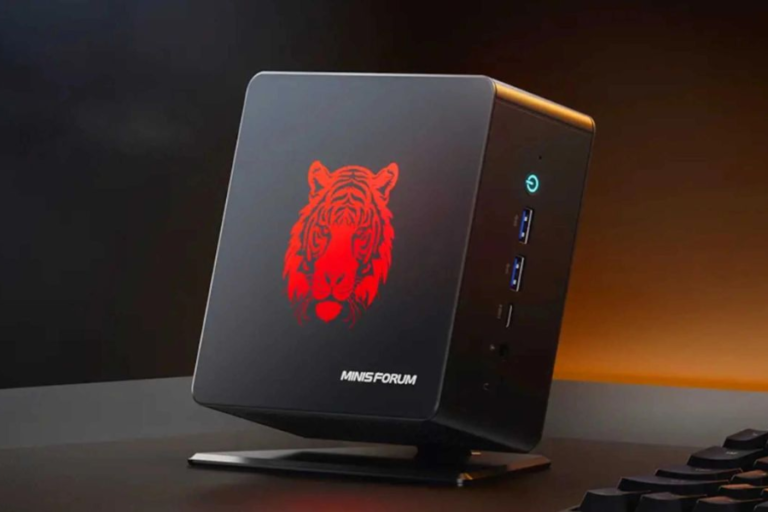Understanding the zryly.com Network: A Deep Dive into Digital Integration
In today’s era of interconnected platforms and fast-paced digital services, new networks are shaping how online interactions work. One such emerging concept is the zryly.com network. While not a mainstream name yet, it’s gaining attention for its evolving structure, use of decentralized ideas, and its potential to offer a hybrid solution that blends web utility with user empowerment.
This article aims to explore the zryly.com network from the ground up. Whether you’re curious about its origin, purpose, functionality, or vision — this breakdown is written for clarity and accessibility.
What is the zryly.com Network?
The zryly.com network represents a digital ecosystem built around the concept of dynamic user connectivity, intelligent data flow, and modular online tools. Unlike traditional platforms, which often serve a single purpose or function, zryly.com appears to integrate various components that interact smoothly under a singular, secure system.
At its core, it seems to focus on enabling users to:
- Interact within a controlled but adaptable network
- Manage personalized data without external noise
- Access services that respond to their digital behavior
This kind of framework hints at a platform that is less about mass exposure and more about meaningful connections within a streamlined environment.
The Core Components of zryly.com
To fully understand this network, it’s helpful to think in terms of its possible layers:
1. User Nodes
Every user on the zryly.com network might function as a digital “node” — much like in blockchain or peer-to-peer systems — where each individual has a role in shaping the way the network evolves. These nodes are likely designed to:
- Retain privacy-first data access
- Interact without unnecessary third-party interference
- Operate under a dynamic, rule-based structure
2. Modular Interfaces
Instead of a rigid design, zryly.com likely offers modular tools and dashboards. This means users may configure their environments to suit personal needs — whether that’s content sharing, network analysis, or application integration.
3. Behavioral Algorithms
One of the more intriguing aspects appears to be how user behavior feeds into the system. Rather than force-feed content, zryly.com may use behavioral learning to adjust its offerings to user needs, making the platform feel more human and less robotic.
The Vision Behind zryly.com Network
While exact mission statements might not be publicly available, the idea behind zryly.com seems to challenge the status quo. Many web platforms either:
- Over-prioritize data monetization, or
- Leave users navigating disorganized structures
zryly.com network flips that by potentially aiming for:
- Transparency in interaction
- Lightweight, efficient user experiences
- Long-term trust through utility instead of tricks
In a digital world often overwhelmed with bloated ads and algorithms, a clean-cut network built on personalization and simplicity might offer a breath of fresh air.
Is It Centralized or Decentralized?
This is a valid question. Judging by the structure of user nodes, adaptive services, and privacy-conscious architecture, the zryly.com network might lean toward a hybrid model.
Here’s a breakdown:
- Central Control (Lightweight): There may be an underlying core that guides the basic structure, such as account creation or feature permissions.
- Decentralized Interactions: Peer-to-peer actions between users or systems may occur without direct platform involvement, allowing flexibility and speed.
- Moderated Autonomy: Users possibly have control over how much of their data is stored, used, or made public.
This kind of balance is rare but effective in maintaining order without sacrificing freedom.
zryly.com and Privacy: A Safe Environment?
Digital privacy is no longer a luxury; it’s a necessity. Platforms that respect user data and prioritize ethical interactions are becoming more in demand.
The zryly.com network seems to resonate with this philosophy. If early impressions are accurate, then:
- Data is owned by the user
- Tracking is minimal or user-controlled
- Information is encrypted and compartmentalized
This kind of setup prevents user fatigue from unwanted notifications, spam, or invasive profiling.
Practical Use Cases of zryly.com Network
While the structure is impressive, any network is only as useful as its application. Here’s where zryly.com could fit in real-world scenarios:
1. Professional Communities
It may serve as a platform where freelancers, consultants, or digital teams connect under verified frameworks — without the clutter of conventional social media.
2. Decentralized Applications
The network might provide developers with tools to build apps that are compatible with zryly.com protocols — enabling lightweight, secure digital tools.
3. Content Distribution
Whether it’s long-form writing, code sharing, or visual portfolios, creators could distribute content without worrying about platform manipulation or algorithm bias.
4. Secure Messaging
In-built communication tools likely prioritize end-to-end encryption, allowing individuals or groups to exchange ideas with full control.
Why the zryly.com Network Feels Different
There are hundreds of websites promising innovation, so what makes zryly.com stand out?
It’s not about trying to go viral. Instead, it appears to be built around purposeful engagement — where users:
- Choose what to see
- Decide how to connect
- Opt into tools instead of being bombarded with features
This approach flips the typical web experience, making it more sustainable and peaceful for users who are tired of noise and distractions.
Growth Potential: Where Might It Go?
The network’s direction likely depends on community response and continued development. Here are some potential paths:
- Integration with Web3 ecosystems: zryly.com may become a bridge between web2-friendly interfaces and web3 principles.
- Open developer contributions: External creators could potentially be invited to enhance tools, features, or integrations.
- Tokenization and Reward Models: If monetization becomes part of the ecosystem, it may involve ethical rewards through user contribution rather than ads or data selling.
Is It Just Another Niche Website?
Not quite. While many platforms fail to maintain relevance beyond their niche communities, zryly.com seems to be laying down a system that could:
- Scale without losing integrity
- Remain lightweight and responsive
- Offer actual control back to users
In that sense, it represents not just a network, but a quiet digital revolution in how we approach online life.
Final Thoughts
The internet today is loud, cluttered, and increasingly manipulative. Against that backdrop, the zryly.com network feels like an intentional response — a signal of what digital space could look like if we built it more thoughtfully.
Its emphasis on user experience, modular control, and data ethics points to a future where technology doesn’t control us — it collaborates with us.While it may still be in its early stages or evolving phase, platforms like this remind us that the internet can still be reimagined.






